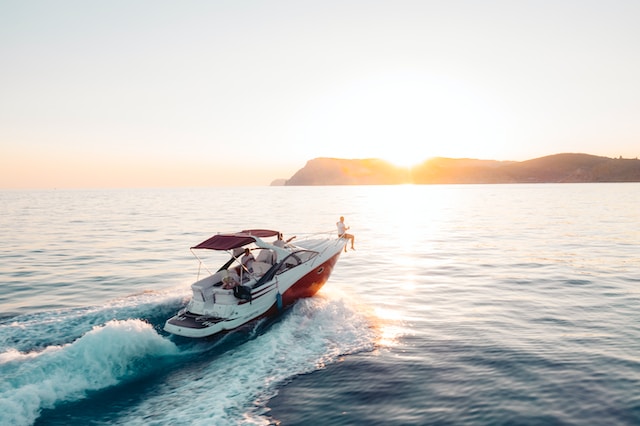When it comes to boat lifts, there’s no one-size-fits-all solution. The world of boat lifts is as diverse as the boats they hoist, and each type serves specific needs. Let’s dive into this aquatic world and discover the various boat lift options designed to keep your watercraft safe and sound.
1. The 4-Post Conventional Lift
The 4-post conventional lift is a familiar sight at marinas and waterfronts. It’s an excellent choice, especially for those new to the boating world. These lifts are often budget-friendly, with a 5,000-pound capacity model starting at around $6,250. Of course, the cost can increase as you add accessories and extra features.
Some boat lifts South Florida come equipped with a boarding platform, boarding stairs, and walkways, which enhance your boating experience. Not only are these lifts cost-effective, but they’re also low-maintenance compared to some other options. A bit of lubrication and periodic check-ups will keep them in great shape.
2. The Elevator Lift
Unlike standard lift systems, the elevator boat lift focuses on aesthetics, minimizing visible support structures above the deck height. This sleek design offers both convenience and security for boats of all sizes. Elevator lifts are particularly useful in areas where driving pilings isn’t feasible due to factors like water depth, tidal fluctuation, or a rocky seabed.
These lifts utilize a hydraulic system but are hole-less, eliminating the need for a pit to hold the cylinder. Instead, they use I-beam tracks, supported by the dock or seawall, and connected to drive systems at each end. Power heads, gears, and motors are discreetly tucked under protective covers on the rails. Stainless steel cables run through grooved aluminum cable winders to raise and lower the carriage smoothly.
3. The Cantilevered Lift
Cantilever lifts are simple and efficient, relying on leverage to hoist your vessel. Unlike other lifts, the carriage never comes into contact with the frame, which translates to minimal maintenance requirements. However, they might not be the best choice for rocky or muddy shorelines.
These lifts have a unique design where the structure sits in the water, which, unfortunately, makes it susceptible to algae growth and saltwater corrosion. In areas where saltwater is present, they can pose electrical hazards. While they are efficient, they often come with a higher price tag than other lift types.
4. The Piling Mount Lift
For waterfront property owners looking for secure boat storage, the piling mount lift is an appealing choice. It’s also perfect for regions with heavy marine growth, like barnacles and algae. Keeping your boat lifted prevents this growth from accumulating on the hull, increasing its resale value and protecting it from potential dock-related damage.
A freestanding piling mount lift includes a cradle in the water attached to a seawall or dock. Many choose this option to safeguard their boats during storms and turbulent waters, which can lead to rough impacts against the pier.
However, it’s important to note that this type of lift, while stable, may not be suitable for extremely turbulent waters. Installation can be a bit more complex, requiring technical expertise, which often results in a higher cost compared to other lift styles.
In the world of boat lifts, variety is the spice of life. Each type offers unique benefits and drawbacks, allowing you to make an informed choice that suits your boat, waterfront, and specific needs. So, which lift will you choose to keep your vessel high and dry?



